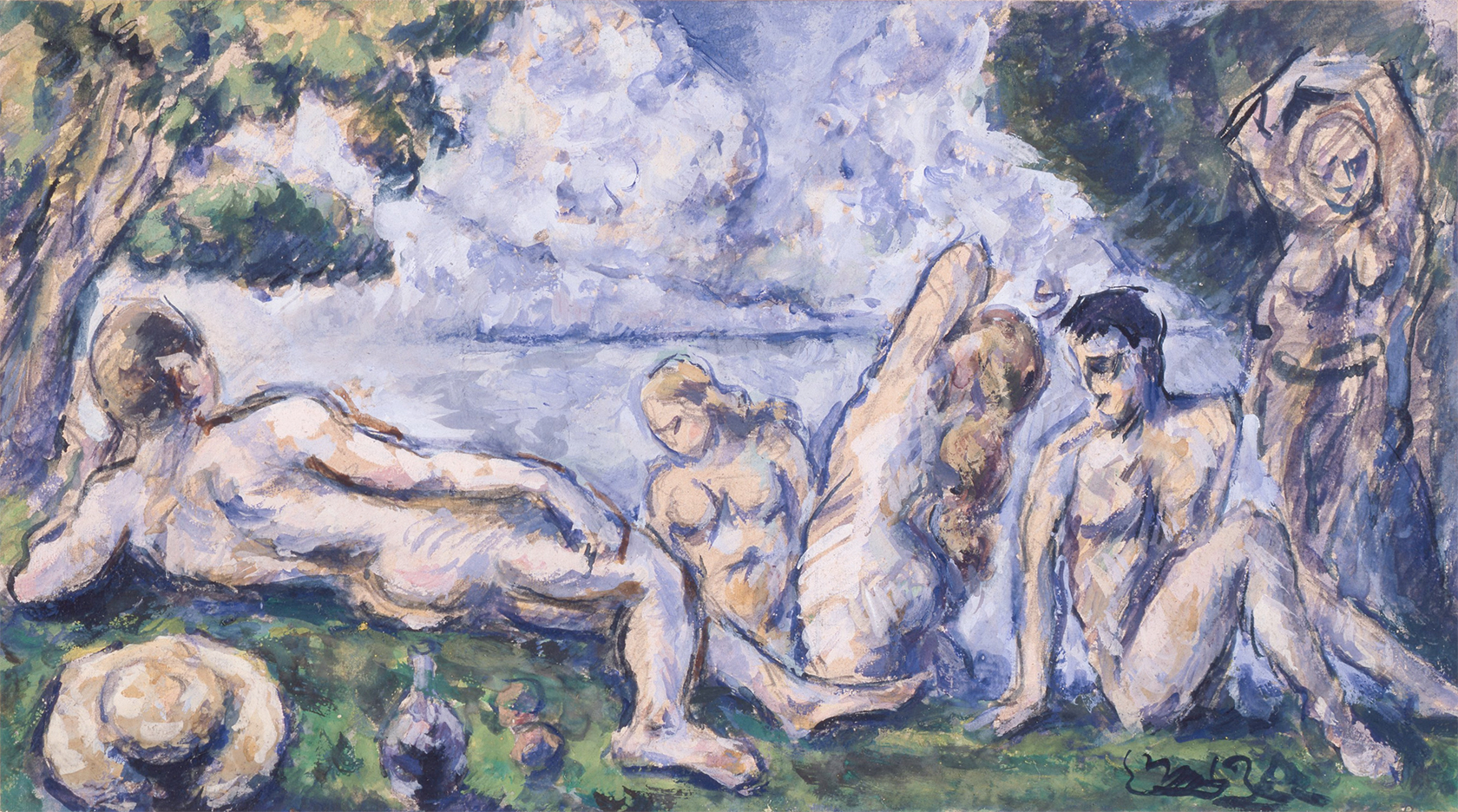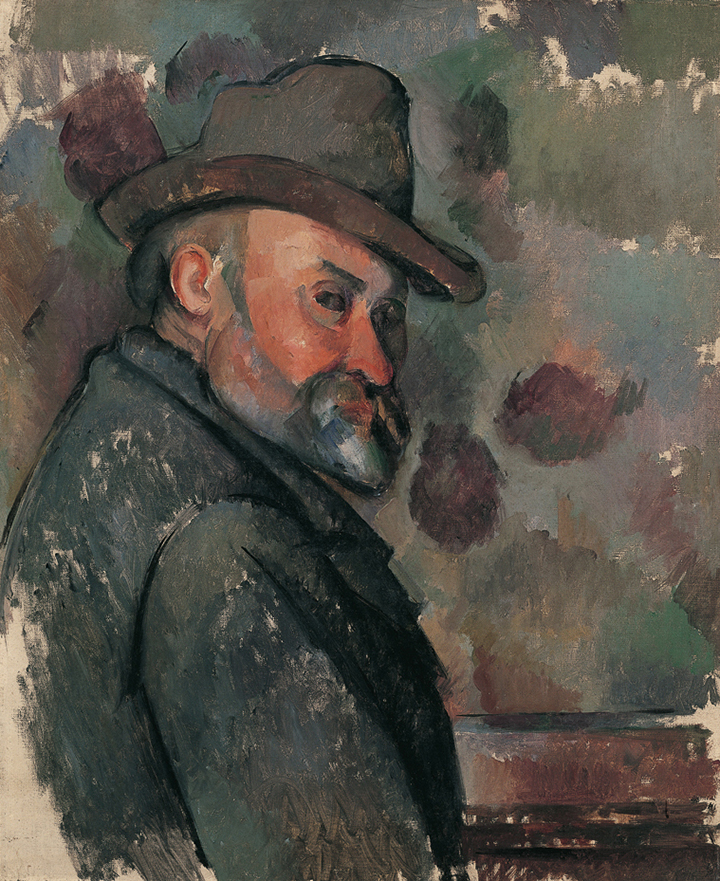While influenced by Impressionism, Cézanne’s paintings build a foundation for modern art through a search for values that transcend Impressionism in their handling of both color and form. Those who see these paintings find them visually fascinating, but also find their creative techniques extremely difficult to interpret. The interpretations and debates about what Cézanne was aiming at and what he achieved are many, but a clear and definitive conclusion remains elusive. The difficulty of finding a theory to explain Cézanne’s paintings has itself aroused interest in many artists. These artists have then extracted from the issues posed by Cézanne’s paintings those which resonate most strongly with their own interests and have made them the starting points of their own quests. Artists’ interpretations of issues derived from those points have led to ongoing experiments as they seek to elevate their work to reach their own new and more sublime forms of creativity.


Salon of 1834, Oil on canvas,
Musée du Louvre
Photo © RMN-Grand Palais (musee du Louvre) /
Thierry Le Mage /distributed by AMF-DNPartcom
Cézanne himself, while always searching for new forms of creativity in his paintings, returned repeatedly to great masterpieces from the past. In copying them, he found a rich harvest of previously unnoticed inspirations in them. In his attitude toward the works produced by the masters, we can see a passionate empathy. Thus, for example, Cézanne frequently praised the French master Eugène Delacroix for his forward-looking, revolutionary spirit. In a conversation with his friend Joachim Gasquet as they stood together at the Louvre examining Delacroix’s Women of Algiers in their Apartment, Cézanne said as follows:
We are surrounded by Delacroix. When I talk to you about the joy we feel at the purity of his colors, what I want to note is the richness of this painting. In the way the colors intersect, it resembles a tapestry. The whole is perfectly realized. That is why it possesses such fullness. This was the first time since the masters that we see paintings that feel so massive. Delacroix undoubtedly has a passion lacking in earlier artists. His work, I think, is full of the joyous passion of the Restoration.
Cézanne’s perceptions and receptivity as an artist became beacons for many other artists, as much as, or even more than, his revolutionary techniques did. They continue to be influential today.
Curator:Yasuhide Shimbata












Delacroix undoubtedly has a passion lacking in earlier artists.